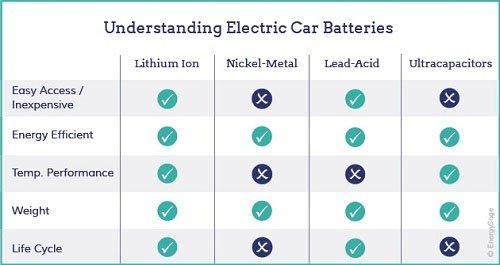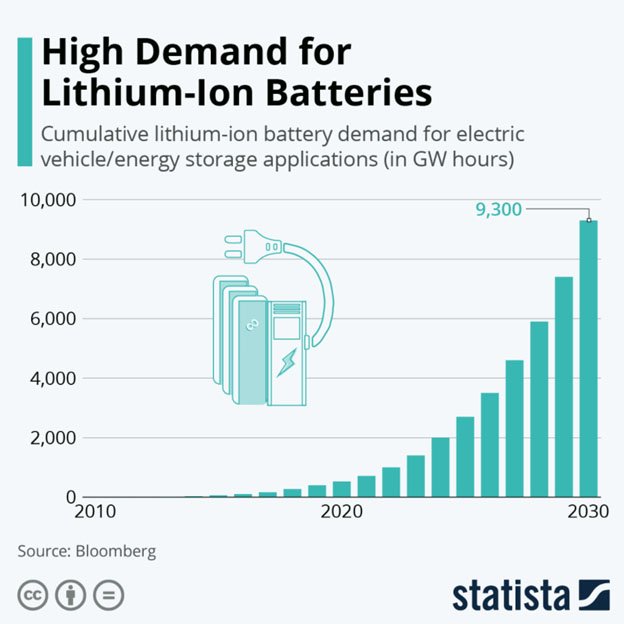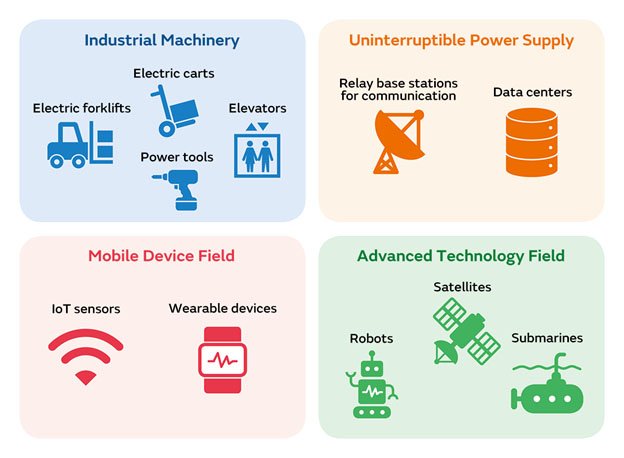J&K’s lithium reserves
Why in news :
- The discovery of “5.9 million tonnes inferred resources of lithium” in the Salal-Haimana area of Reasi district, Jammu & Kashmir, by the Geological Survey of India has been received as a game-changer in India’s impending transition to a green economy.
- The term ‘inferred’ refers to the ‘preliminary exploration stage’, the second of a four-step process, according to the Mines and Minerals (Development and Exploration) Act 1957.
Significance of Lithium :
- Lithiumion batteries are used in wind turbines, solar panels, and electric vehicles, all of which are crucial in a green economy.

- A World Bank study suggests that the demand for critical metals such as lithium (Li) and cobalt is expected to rise by nearly 500% by 2050.

- As India currently imports all of its Li from Australia and Argentina and 70% of its Li-ion cell requirement from China and Hong Kong, the lithium reserves in J&K could boost the domestic battery-manufacturing industry.
- The J&K reserves will also help advance the Indian government’s ambitious plan of “30% EV penetration in private cars, 70% for commercial vehicles, and 80% for two and three-wheelers by 2030 for the automobile industry.”
- They will strengthen India’s National Mission on Transformative Mobility and Battery Storage as well.
Advantages of Lithium-ion batteries :

What are the associated concerns :
- The applications of Li in renewable energy infrastructure often obscures its significant environmental consequences.
- Extracting Li from hard rock mines, similar to what has already been proposed in J&K, entails openpitmining followed by roasting the ore using fossil fuels.
- Industry estimates suggest that this process consumes 170 cubic metres of water and releases 15 tonnes of CO2 for every tonne of Li extracted.
- Openpitmining, refining, and waste disposal from these processes substantially degrade the environment, including depleting and contaminating waterways and groundwater, diminishing biodiversity, and releasing considerable air pollution.
Syllabus : Prelims + Mains; GS3 – Science and Technology; GS1 – Resource Geography

